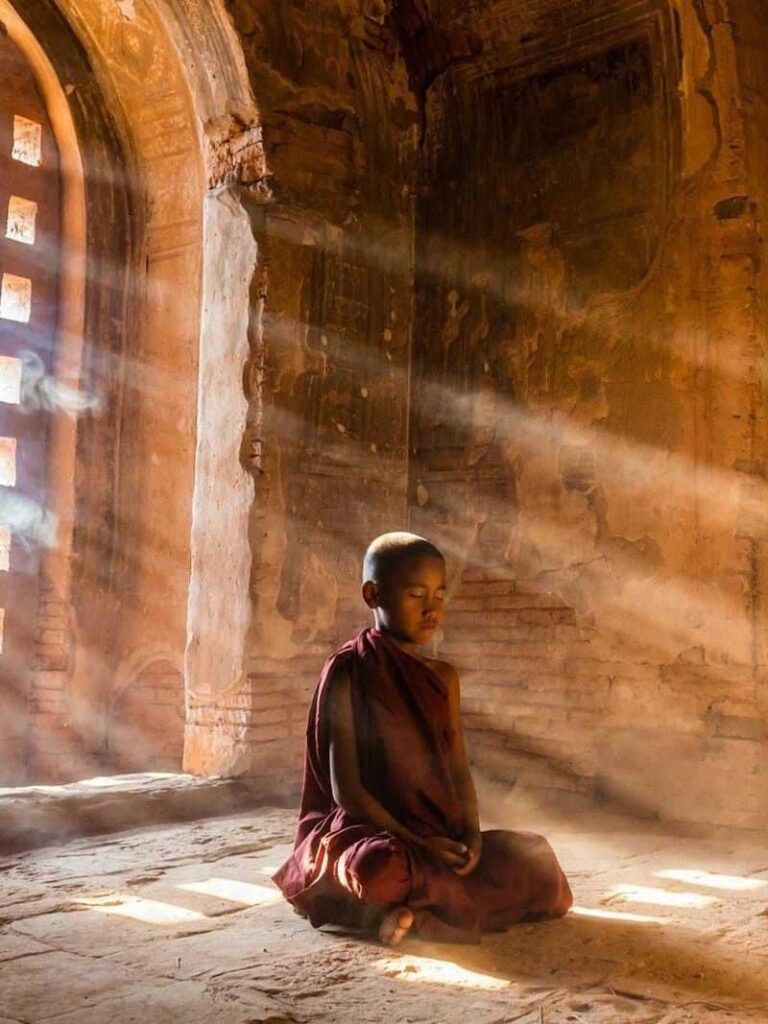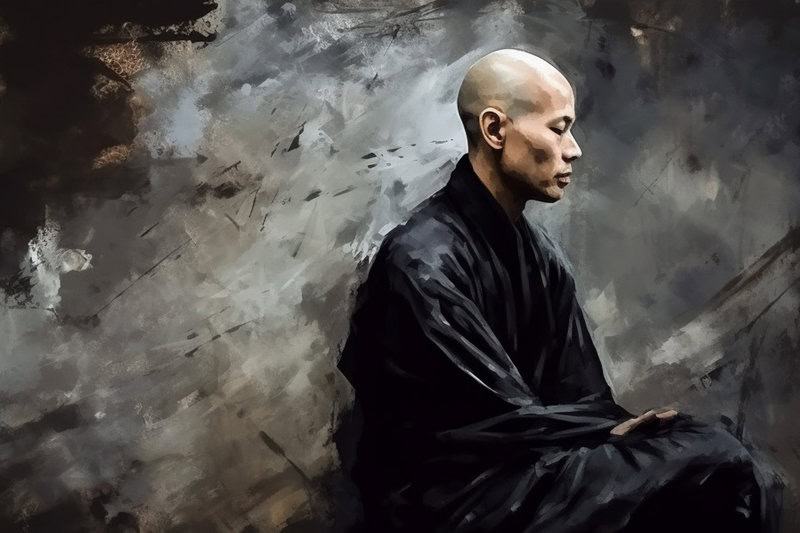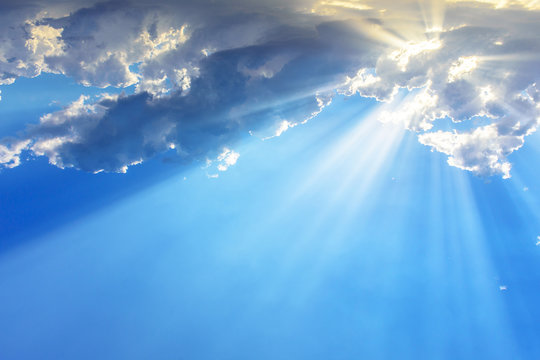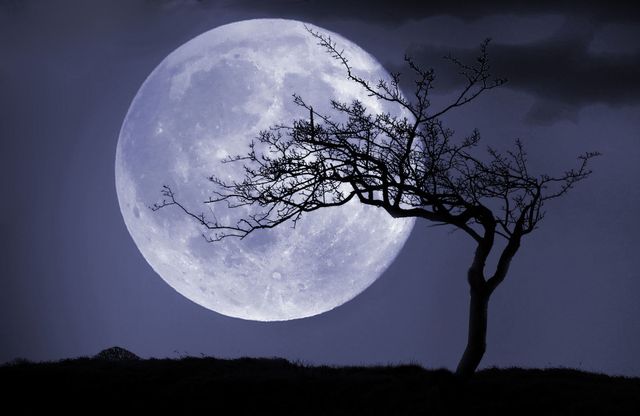I used to imagine that the Buddha was so very far away. Enlightenment was so inconceivably difficult to attain, and the path there so very long. With my swirling emotions and obscurations, how long the journey seemed, and how very hard I had to strive in order to reach the state of perfect Awakening. When imagining what the Enlightened ‘state’ must be like, I projected it out, as the ‘Transcendental’, some glittering, mysterious plane of being that I aspired to reach. Did I have this ‘Transcendental’ now? … not at all! …. it was unimaginably far away, and remote from my experience.
But the three Kayas of the Buddha are not truly so far away. They aren’t something even which need to be created anew, nor something which are not present at this very moment.
Dharmakaya
The Dharmakaya is the ungraspable, unfathomable, intangible unborness of mind, which resists all efforts to hold or conceptualise. Looking at mind, I try to somehow get hold of it, to get a hold on it, but it’s utterly resistant to all those efforts. I let go of grasping, and its ‘nothingness’ fills awareness. Not a blank nothingness, but an utter unfindability which is the matrix of being. The Dharmakaya is my fertile voidness, and is present whether experienced or not. It doesn’t come fresh into being when realised, but is our very nature. A glimpse of utter indescribableness reveals our Dharmakaya, a jewel waiting to be seen. All that is needed is to see what is already there (which cannot be seen by grasping mind), and keeping that in awareness, allow it to blossom forth.
The Prajnaparamita sutras say that ‘do not think that this body is the real Buddha, the real Buddha is the Dharmakaya’. This Dharmakaya is not so far away .. it’s our inheritance, and our inheritance is present right now, hidden by only our foolish seeing. Calling the Dharmakaya ‘ungraspable’ is another label, and potential source of grasping or holding on to something. The Dharmakaya is not ‘ungraspable’, but it is truly ungraspable. There is no point of reference whatsoever, and this description doesn’t provide one.

Sambhogakaya
The Sambhogakaya is also here right now. Looking deeply at our own mind, there is a knowingness, a luminous clarity which co-exists with the empty unfathomableness. That very luminosity is the Sambhogakaya. Not something needing to be created, our minds reveal that aspect of clarity, of knowingness, that capacity to experience and know. It’s not a thing, not a quality that can be grasped. When looked for … it hides from view, and yet it is there …. radiant and bright. Though only experienced fully by the highest Bodhisattvas, the Sambhogakaya is not something which will arise from scratch. Our mind is luminous, aware of that or not. Looking deeply at mind, though there is no qualities there at all, nevertheless luminosity is apparent … the Sambhogakaya within.
Nirmanakaya
The Nirmanakaya is revealed in our minds. Our mind gives rise to appearances, which seemingly ebb and flow. The unobstructed appearance of ‘thought’ is the Nirmanakaya, the body of the Buddha. Not far away, not needing to be conjured from the start, our minds capacity for spontaneous appearance is the Nirmanakaya within. Continuous seeming manifestation … this is Nirmanakaya. Not solid or real, but seeming to arise and fall. Without anything tangible or real, the Nirmanakaya of appearances are revealed within.
The 3 Kayas are not far off
The three Kayas are not far off, but are our very nature of mind. Looking again and again, the Kayas come into view. Not created where they previously didn’t exist, but just seen where they were previously unseen.
It’s not that I’ve given up on an imagined projected goal, the ‘Transcendental’ which lies so very far away. And that I’ve replaced that with another fantasy, that of ‘already Enlightened’ which lies comfortingly close. The three Kayas are not entirely manifest, or realised, but they are already there. They don’t change or come into being, or are something which is utterly remote from experience. Looking deeply, they reveal themselves within. Our nature is Buddha Nature, the three Kayas are already there. Our experience of them is the path, Taking Mahamudra as the Path. Fully realised they are the goal, the Awakening that benefits all beings.
Not looked for elsewhere, our inheritance awaits us. What we already are, though we forget.





I believe luminous emptiness is the equivalent of knowing you do not exist inside a body….that a central control character does not have independent existence inside a body (nor for the matter outside the body)
the concepts of inside and outside are afterall only mental concepts of the imagination…just the void etc.
as close to perfection as one needs. for taking the time, thank you.
Good explanation of the trikaya. I've been pondering this a lot lately.
Thank you this has helped me
I think you would enjoy knowing that so many years later (2012) I find this and it's Clarity, rings like a BELL to me! Namaste!
Very nice presentation. Although words are obfuscating, the structure of language deceptive, just in its very way of functioning, there I feel the underlying authenticity in presented as beeing a personal experience.
Thank you
Hmm … so many words … but do they serve any purpose?